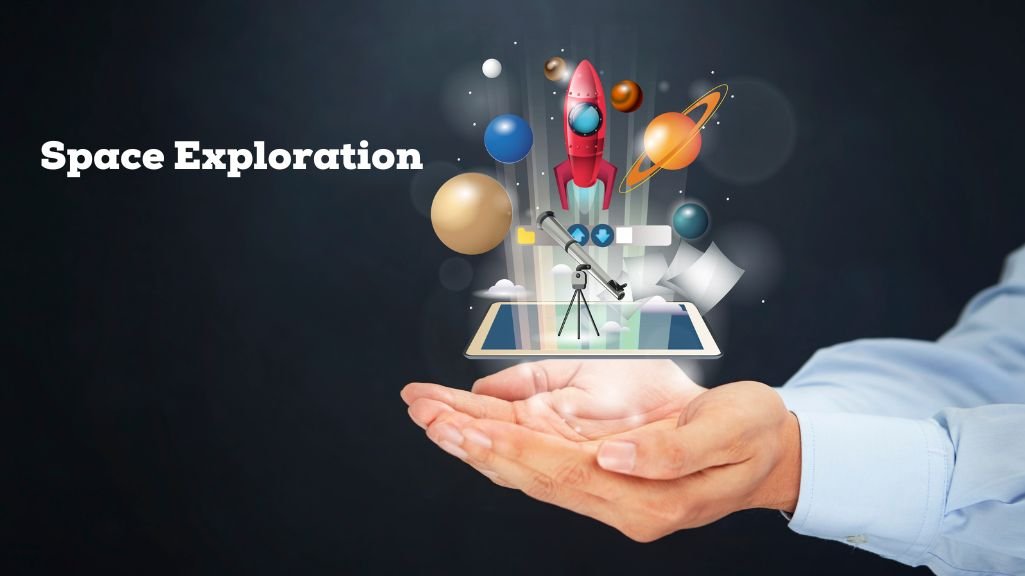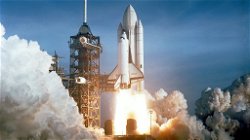Insanely Ambitious Ideas For Improving Space Exploration
Adina Anderson
. 2 min read
Space exploration and the innovation it entails are essential drivers for opening up new domains in space science and technology. They trigger new partnerships and develop capabilities that create new opportunities for addressing global challenges. Space exploration also motivates young people to pursue education and careers in science, technology, engineering and mathematics (the STEM disciplines). By harnessing the knowledge and expertise of developers, space exploration initiatives can push the boundaries of human understanding and create new opportunities for addressing global challenges.

Ways Artificial Intelligence can help Space Exploration
1. Quick, Reliable Data Transmission
The computers that run the International Space Station (ISS) are specially treated to protect them from the vagaries of low gravity and cosmic rays. Although those computers are hardened like steel, they're far from cutting edge. Many of the computers NASA uses are a decade old by the time they make it up to space, according to Dr. Eng. Lim Goh, Hewlett Packard Enterprise's vice president and CTO for high-performance computing and AI. What space needs is a supercomputer that isn’t superannuated.
2. Role of Educators
As space exploration evolves, it is important for space educators to keep up-to-date with the latest developments. By staying informed, they can help inspire a new generation of explorers and ensure that our species’ future includes a continued presence in the final frontier as Space exploration is our only important future for the survival of humanity.
- It is important for educators to be proactive in teaching about space
- Teaching the basics of astronomy and space science will help give students a foundation on which to build more specific knowledge.
- Educators must use the correct expertise, hands-on activities, and industry research, while also involving parents to prevent changing a child’s interest to common career paths as they are the easiest to enter, but they are also the most competitive.
- Encouraging students to be creative and thinking outside the box when it comes to space exploration.
3. STEM Engagement
The scope of STEM Engagement comprises all endeavors to attract, engage, and educate students and to support educators and educational institutions. The STEM engagement portfolio consists of a diverse set of opportunities, activities and products, encompassing internships; fellowships; student learning opportunities (challenges, competitions and other experiences); informal education and out-of-school learning activities; educational products, tools and platforms; educator support; competitive awards to educational institutions for research and development and institutional support.
4. Mission design and planning
Planning a mission to Mars is not an easy task, but artificial intelligence can make it easier. New space missions traditionally rely on knowledge gathered by previous studies. However, this information can often be limited or not fully accessible. Researchers are working on the idea of a design engineering assistant to reduce the time required for initial mission design which otherwise takes many human work hours.
5. AI/ML in Space
The most successful AI implementations based on DL are rarely used in the space industry today, as the (statistical) models developed within the neural network are not human readable and have been impossible to replicate thus far. One area in which the applications of AI are being thoroughly investigated is in satellite operations, in particular to support the operation of large satellite constellations, which includes relative positioning, communication, end-of-life management and so on.
ML systems are also commonly used in space applications to approximate complex representations of the real world.
More Stories from
Exploring the Final Frontier: A Glimpse into the World of Space Research
From probing distant galaxies with space telescopes to charting the potential for human life on other planets, this article provides a glimpse into the evolving field of space research.
Challenges of Space Exploration: Overcoming Obstacles to Discover Extraterrestrial Life
This article explores the concept of extraterrestrial life and the possibility of its existence in the universe.
Connected Cosmos: Embracing the Future of Space Exploration with Video Chat
Discover the potential for human colonization of other planets, breakthrough propulsion systems, and the expansion of our knowledge of the universe through space-based astronomy.
Chandrayaan-3: India's Ambitious Lunar Mission for Scientific Exploration
Chandrayaan-3, India's third lunar mission led by ISRO, aims to overcome past challenges and demonstrate soft landing capabilities on the Moon.
The Remarkable Lives of Katherine Johnson: From Child Prodigy to NASA Trailblazer
This article highlights the life and achievements of Katherine Johnson, a trailblazing mathematician








.png?width=40&aspect_ratio=1:1)


